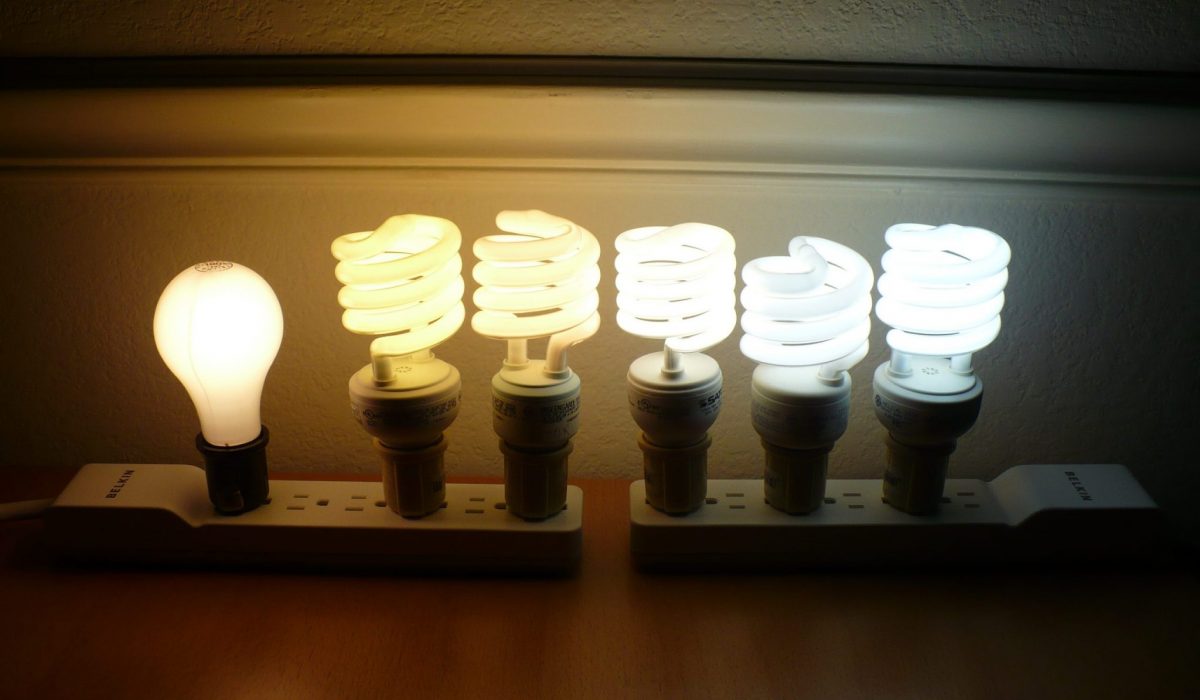I. Introduction
When it comes to replacing a fluorescent lamp, there are several factors to consider, including color temperature and CRI. Choosing the right color temperature is crucial as it can affect the overall ambiance of the space. In this article, we will explore the difference between daylight color, incandescent color, and how to choose the right color temperature for fluorescent replacement.
II. Understanding Color Temperature
Color temperature is a metric used to measure the color appearance of a light source. It is measured in Kelvin (K) and is often displayed on the packaging of light bulbs. Color temperature does not refer to the brightness of the light but rather the color that it emits.
III. What is CRI?
CRI, or color rendering index, is a measurement of how well a light source can render colors. The higher the CRI, the more accurately the colors will be displayed. This is particularly important in spaces where color accuracy is crucial, such as in art studios, retail spaces, or medical facilities.
IV. Daylight Color vs. Incandescent Color
Daylight color, also known as cool white, has a color temperature of around 5000K to 6500K. It emits a bright, bluish-white light that resembles natural daylight. Daylight color is often used in spaces where visibility is crucial, such as in garages or workshops.
Incandescent color, also known as warm white, has a color temperature of around 2700K to 3000K. It emits a soft, yellowish-white light that resembles traditional incandescent bulbs. Incandescent color is often used in spaces where a warm, cozy atmosphere is desired, such as in living rooms or bedrooms.
V. How to Choose the Right Color Temperature for Fluorescent Replacement
When choosing the right color temperature for fluorescent replacement, it is important to consider the purpose of the space. If the space is used for tasks that require color accuracy, such as in an art studio or medical facility, it is recommended to choose a fluorescent lamp with a high CRI. Daylight color with a color temperature of 5000K to 6500K is also recommended in these spaces.
For spaces where a warm, cozy atmosphere is desired, such as in a living room or bedroom, incandescent color with a color temperature of 2700K to 3000K is recommended. Daylight color can be used in these spaces as well, but it may create a cold, sterile atmosphere.
VI. Conclusion
When replacing a fluorescent lamp, it is important to consider both color temperature and CRI. Understanding the difference between daylight color and incandescent color can help you choose the right color temperature for the space. If color accuracy is important, it is recommended to choose a high CRI fluorescent lamp with a color temperature of 5000K to 6500K. For spaces where a warm, cozy atmosphere is desired, incandescent color with a color temperature of 2700K to 3000K is recommended.
Remember that the color temperature you choose can affect the ambiance of the space, so choose carefully based on the function of the room. Additionally, keep in mind that there are other factors to consider when replacing a fluorescent lamp, such as the size, shape, and type of the lamp. It is always recommended to consult with a lighting professional to ensure that you are making the right choice for your specific needs.
In summary, replacing a fluorescent lamp can be a simple process with the right knowledge. By understanding color temperature, CRI, and the difference between daylight and incandescent color, you can make an informed decision on the best replacement lamp for your space.



